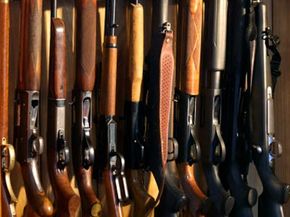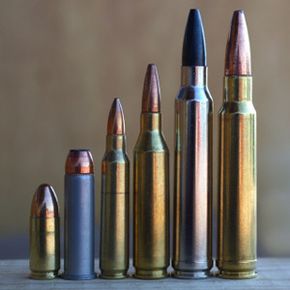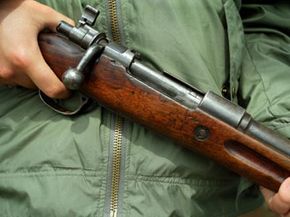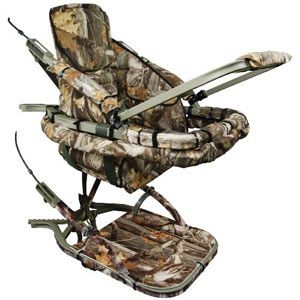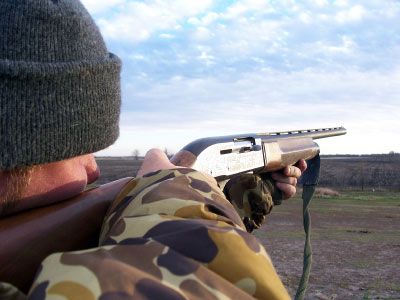You're standing in the sporting goods section of a huge store, looking over an enormous collection of rifles. The guns come in a range of varieties, sizes, shapes, materials and prices. It can be an overwhelming experience. Which one should you choose?
The best way to choose a rifle is to use a process called backward induction. Backward induction is a kind of game theory reasoning. The first step is to look at the ideal end result and then work your way backward until you reach what will be your first decision. In our case, the end result is the answer to a question: What kind of game do you intend to hunt?
Advertisement
That answer will narrow down the type of rifle you should choose. From that point on, you can base every other decision on personal preferences. The type of game you want to hunt will narrow down the type of bullet you should use. That decision will help you figure out what kind of cartridges you'll need to buy. In turn, the cartridge will limit the types of rifle you can use.
As an example, let's take the thirty-aught-six rifle. That's not an actual rifle model -- it just means the rifle can fire a .30-06 Springfield cartridge. Several different rifles can fire that type of cartridge. The rifle you choose should be able to fire whichever cartridge you've determined best suits your needs.
Why worry about the cartridge at all? You need to consider ammunition because in order to be a responsible hunter, you'll want to choose ammunition that will guarantee a humane kill while preserving as much of the meat on the animal as possible. If you use ammunition more powerful than what you'll really need, the animals you hunt won't suffer but there may not be much meat left after you shoot them. On the other hand, if you use weaker ammunition against larger game, the animal may suffer a long time before dying.
Once you've decided the kind of cartridge you need, you can focus on other factors. What's a comfortable rifle weight for you to hold? What sort of rifle action do you prefer? Which materials appeal to you? Each question is important to answer if you want the best experience with your hunting rifle.
Let's start with a quick look at the kinds of game you might want to hunt and which cartridges are suited to that type of game.
Advertisement
